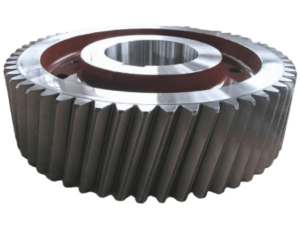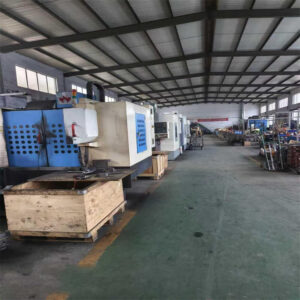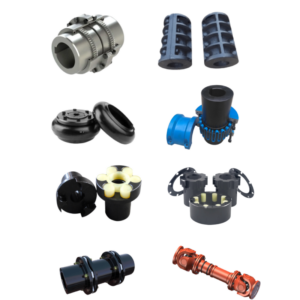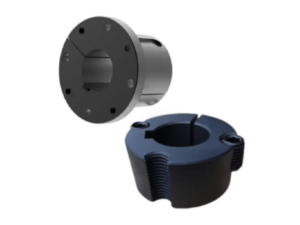Abstract
Gear strength is critically influenced by the choice of alloy material. This paper compares the mechanical properties of common gear alloys, including case-hardened steels (e.g., AISI 8620), through-hardened steels (e.g., 4140), cast iron (e.g., ductile iron), and powder metallurgy alloys. Key factors such as fatigue resistance, surface durability, and bending strength are analyzed to guide material selection for high-performance gear applications.
1. Introduction
Gears transmit mechanical power under varying loads, requiring materials with high strength, wear resistance, and fatigue life. Alloy composition directly impacts these properties through microstructure, hardness, and heat treatment response. This study evaluates how different alloys affect gear performance metrics.
2. Key Alloy Types and Their Properties
2.1 Case-Hardening Steels
- Examples: AISI 8620, 9310, 20MnCr5
- Strength Characteristics:
- High surface hardness (58–64 HRC) with a tough core.
- Excellent fatigue resistance due to compressive residual stresses.
- Applications: Automotive transmissions, aerospace gears.
2.2 Through-Hardening Steels
- Examples: AISI 4140, 4340, EN19
- Strength Characteristics:
- Uniform hardness (28–40 HRC) with good impact toughness.
- Lower cost but reduced surface wear resistance vs. case-hardened steels.
2.3 Cast Iron & Ductile Iron
- Examples: ASTM A536 (ductile iron), gray iron
- Strength Characteristics:
- Damping capacity reduces noise but lower tensile strength.
- Suitable for low-speed, high-load applications (e.g., mining equipment).
2.4 Powder Metallurgy (PM) Alloys
- Examples: FLN2-4405 (Fe-Ni-Cu-Mo)
- Strength Characteristics:
- Near-net-shape production but porosity reduces fatigue strength.
- Limited to moderate-load applications.
3. Comparative Analysis
3.1 Bending Strength
- Highest: Case-hardened steels (e.g., 9310) due to high core toughness.
- Lowest: Cast iron (brittle failure risk under cyclic loads).
3.2 Surface Durability (Pitting Resistance)
- Best: Case-hardened alloys with carburized layers (e.g., 8620).
- Worst: PM alloys with porous microstructures.
3.3 Fatigue Life
- Superior: Nitrided steels (e.g., 34CrAlNi7) for high-cycle fatigue.
- Trade-off: Through-hardened steels balance cost and performance.
4. Discussion
- Alloy Selection Criteria:
- High-speed gears: Case-hardened steels dominate (fatigue + wear).
- Cost-sensitive applications: Through-hardened 4140 or ductile iron.
- Emerging Trends:
- Additive manufacturing alloys (e.g., Ti-6Al-4V) for lightweight gears.
- Hybrid materials (e.g., steel-composite) for specialized applications.
5. Conclusion
The optimal gear alloy depends on operational demands. Case-hardened steels offer the best overall strength but at higher costs, while ductile iron and PM alloys suit budget-limited scenarios. Future research should explore coatings (e.g., DLC) to enhance surface properties further.







